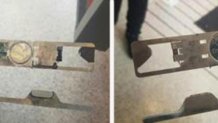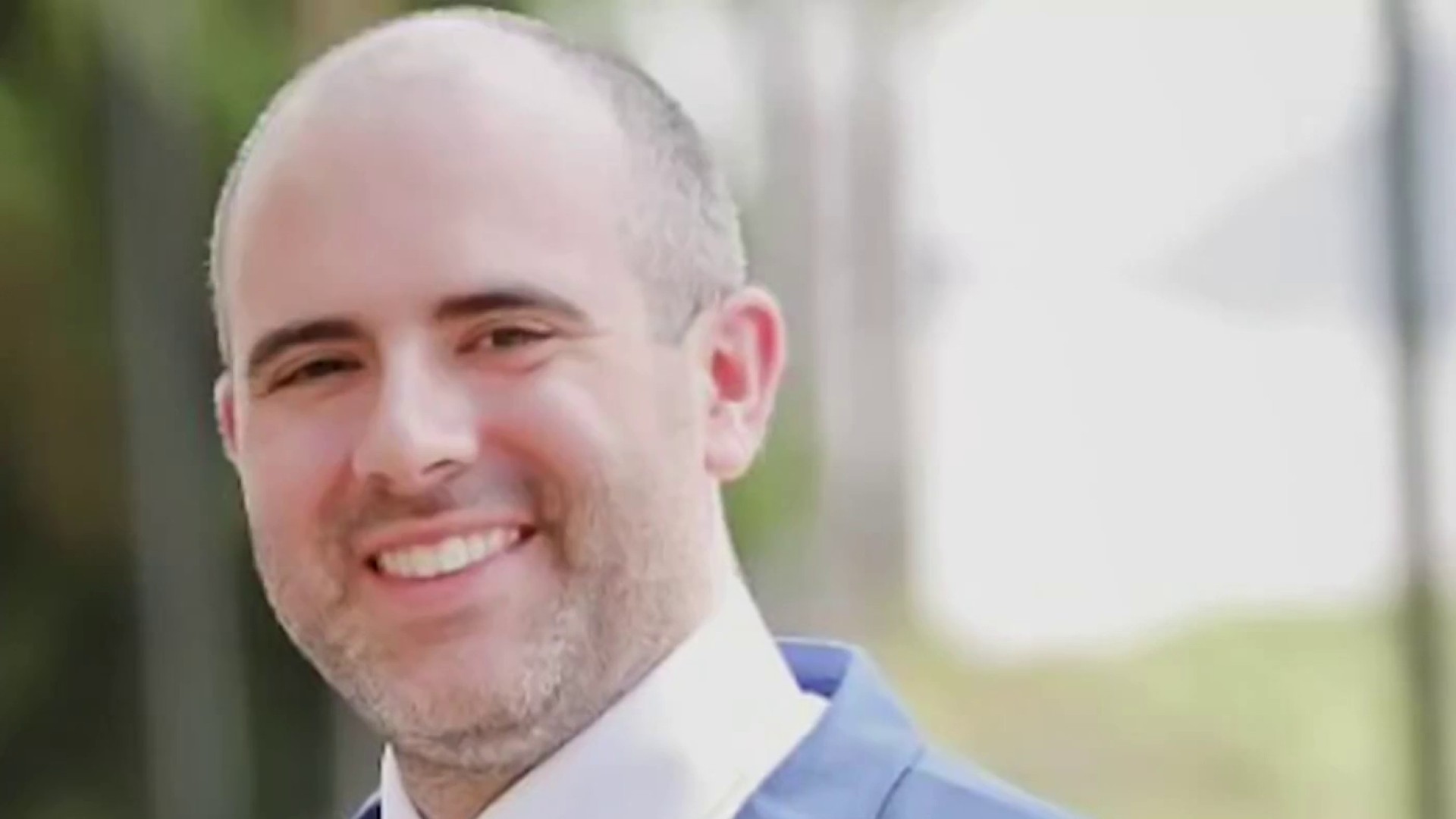Bank accounts drained in just seconds. That's the reality for customers who fall victim to skimming devices that surreptitiously steal credit and debit card numbers, local financial experts say, and they tell the News4 I-Team that these kinds of crimes will likely spike before the end of the year.
"The devices are getting more sophisticated," American Bankers Association Senior Vice President pf Payments and Cybersecurity Doug Johnson said.
Most bank customers may be used to recognizing skimming devices placed externally over ATMs, but Johnson shared photos of newer skimmers, ones inserted inside the machines, where you place your card, so you may not even know the skimmer is there.

But the more-compact design of the criminals' skimming technology isn't the only reason Johnson and other banking experts foresee an increase in skimming cases in 2017. They say the technology on our bank cards and in ATMs is improving to the point where crooks won't be able to use skimming devices -- so the clock is ticking for thieves.
"We might see an increase [in skimming] as criminals take advantage of this closing window," said Stephen Taylor, commissioner of D.C.'s Department of Insurance, Securities and Banking (DISB).
We have the new chips on our credit and debit cards to thank for that, DISB Associate Commissioner Brian Williams said.
Local
Washington, D.C., Maryland and Virginia local news, events and information
"Whenever you stick that chip into a machine," Williams explained, "there's an algorithm that matches up, so that algorithm changes in the chip [with each transaction]."
Bank-operated ATMs across the country are already seeing the impact, according to Johnson.
"[We] have seen, frankly, an increase in criminals recognizing that this particular avenue may be less attractive going forward," he said.
An ABA report also shows more than 60 percent of skimming cases occur outside of regular business hours and on weekends.
In the District alone, the number of skimming cases reported at ATMs and gas stations more than quadrupled from two in 2015 to 12 in 2016, according to numbers provided by the Metropolitan Police Department.
"They'll tend to put the device on the machine during off hours," Johnson said of skimming criminals, "and take it off potentially during off-hours as well, which is less detectable."
DISB also warns these crimes can happen quickly. As soon as you make a transaction, the person who placed a skimming device on the ATM you've used may be just steps away, downloading your bank card information and immediately tapping into your account.
"You can have somebody close by in a car with a computer that's capturing the information right away," Williams said.
That's why, experts say, it's key to use your own personal technology to your advantage by having your bank send you text or email alerts as soon as anyone makes an ATM transaction.
"Make sure you check your bank account," Williams said. "Constantly look at it."
One unique feature you can also check for on non-bank ATMs -- like stand-alone machines you may find at gas stations, restaurants, or convenience stores in D.C. -- is the registration sticker the city provides to help keep track of ATMs that aren't run by banking institutions.
"As part of the registration process, we have to go out and make sure that [non-bank ATMs] are complying with the law that they have proper lighting," said Taylor, "so that it's a safe environment for consumers to use ATMs."
The I-Team compiled a comprehensive list of steps from the ABA and DISB on what you should do when using an ATM that you can check out below. And if you ever think you are the victim of a skimming crime, experts say you should always file a report with the police and your financial institution.
"The majority of transactions occur safely and securely," said Johnson. "But there's no reason not to take these fairly easy measures to protect yourself."
Reported by Scott MacFarlane and produced by Ashley Brown, with photography and editing by Jeff Piper.



